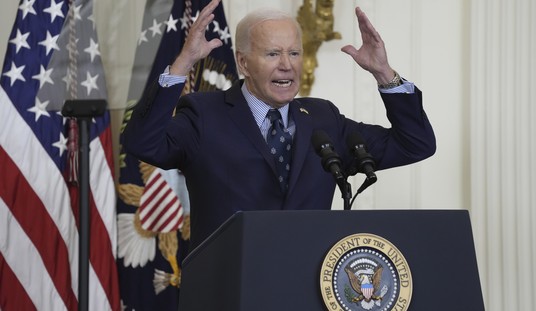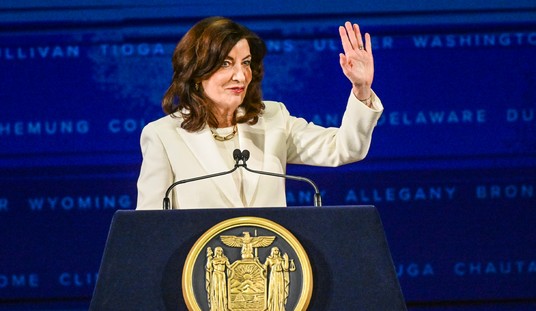Hillary Clinton told a mixed audience, "I mean, if we're honest, for a lot of well-meaning, open-minded white people, the sight of a young black man in a hoodie still evokes a twinge of fear". Before we get into the nuts and bolts of that observation, I'd like to ask a question. Would well-meaning, open-minded white people have a similar fear at the sight of an elderly black man using a walker and wearing a hoodie?
Whether we like it or not, easily observed physical characteristics -- such as race, sex, height and age -- convey information. That's because there is often a correlation between those characteristics and other characteristics not so easily observed. Say that you're a police commander faced with the task of finding vandals responsible for slashing car tires and smashing windows. How much of the city's resources would you expend investigating 60- to 70-year-old Chinese men? You probably wouldn't spend resources on any men in that age group. So who is responsible for your decision not to investigate 60- to 70-year-old Chinese men and other men of the same age? If you said it's the behavioral reputation of that demographic as a group, you'd be absolutely right.
When I had nearly completed my doctorate at UCLA, Mrs. Williams and I purchased a home in Chevy Chase, Maryland, a high-end, exclusive suburb of Washington. Our house was on the corner, and motorists often tossed debris on our lawn adjacent to the street. A Saturday chore was to pick up the trash. One Saturday, an elderly white man offered, "When you're finished working here, can you come to work at my place?" I responded that I'd be busy putting the finishing touches on my doctoral dissertation and would not have the time. The man was embarrassed and apologized profusely.
Recommended
The man took for granted, with a high degree of probability, that if one saw a black man picking up trash in Chevy Chase in 1971, he was a hired hand. The man's action may have been annoying, but it would be an error to classify it as racism.
When I was awarded a national fellowship at the Hoover Institution at Stanford University in 1975, we moved to Palo Alto, California. I was determined to lose weight and shape up during my year at Hoover. I visited Stanford's basketball court. White guys argued with one another to have me on their team, but that was the last time. I could barely run up and down the court, much less do anything constructive upon arrival. They appeared angry with me. No doubt their displeasure was, "How dare you be a 6-foot-5-inch black guy and bad at basketball?!" So who is responsible for such an expectation held by whites? If blacks didn't have a reputation for basketball excellence, I wouldn't have suffered the scorn. By the way, 10 months later and about 15 pounds lighter, I returned to the basketball court with my former excellence, dignity and racial pride.
So what are we to make of Clinton's observation? Who is responsible for "a lot of well-meaning, open-minded white people" experiencing a "twinge of fear" at "the sight of a young black man in a hoodie"? Before coming up with your answer, know that in cities such as New York, Chicago and Washington, black taxi drivers often avoid picking up young black males. A black female commissioner in Washington once warned cabdrivers against picking up "dangerous-looking" characters -- for example, a "young black guy ... with (his) shirttail hanging down longer than his coat, baggy pants, (and) unlaced tennis shoes." A black and Hispanic president of the New York State Federation of Taxi Drivers told his drivers to "profile" their passengers. "The God's honest truth is that 99 percent of the people that are robbing, stealing, killing these drivers are blacks and Hispanics," he said.
So we have black taxi drivers who get the same "twinge of fear" as Hillary Clinton's liberal white people. Who is responsible for creating that fear? I hope you won't say black taxi drivers and well-meaning white people.
























Join the conversation as a VIP Member